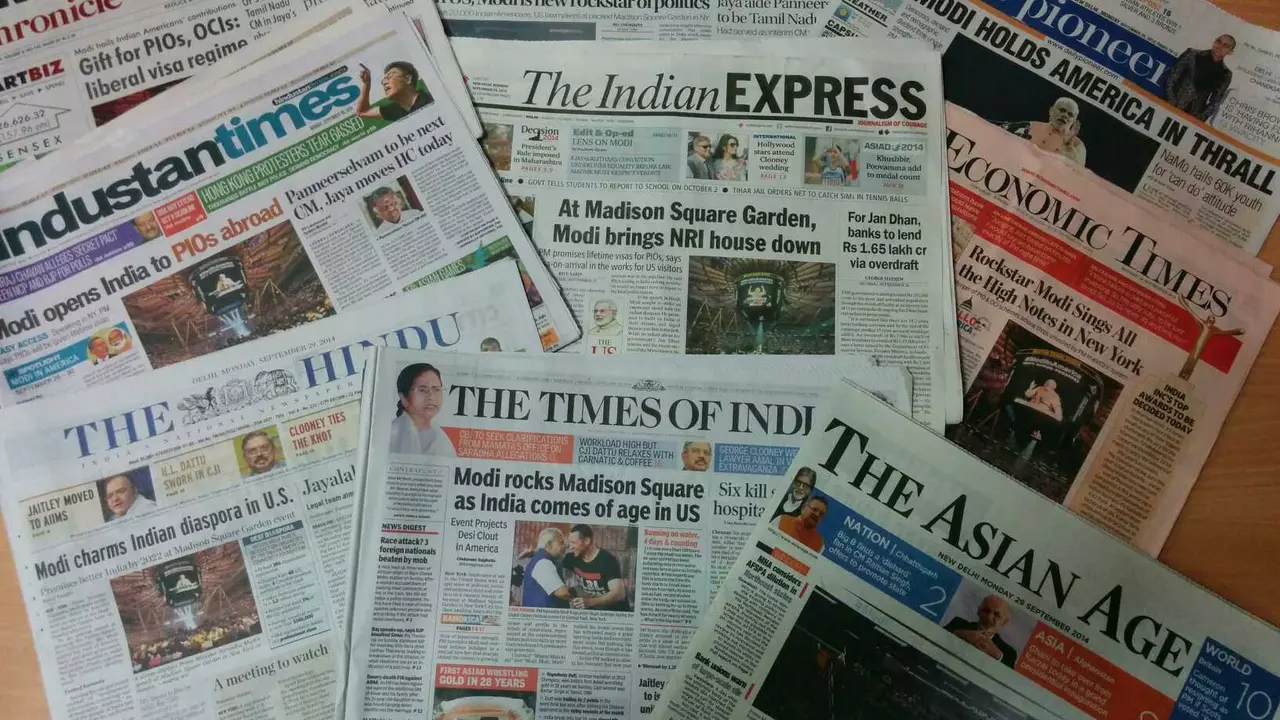Newspaper History: From Hand‑Printed Sheets to Digital Headlines
Ever wonder how a tiny flyer in the 1600s turned into today’s global news network? The answer lies in the long, twisty road of newspaper history. It’s a story of entrepreneurs, inventions, and readers hungry for information. In the next few minutes you’ll see why those early pages still echo in the apps we use now.
The Early Days: Hand‑Set Type and Local News
Back in the 1600s, printers used wooden presses and hand‑set type to churn out a handful of pages each day. Those papers covered local court notices, market prices, and a smidge of gossip. Because each sheet cost time and money, the audience stayed small – mostly merchants, officials, and town leaders. Still, the idea was simple: print the news and sell it.
The first real breakthrough came with the invention of the steam‑driven rotary press in the 1840s. Suddenly a single machine could print thousands of copies per hour. That speed cut costs, let newspapers drop their price, and opened the door for a broader middle‑class readership. Advertisers jumped in, and the business model shifted from subscription‑only to a mix of ads and sales.
The Golden Age: Mass Production and Influence
By the late 19th and early 20th centuries, newspapers were the main way people learned about wars, elections, and sports. Headlines were bold, illustrations vivid, and the daily routine of grabbing the morning paper became a ritual. Sports coverage, for example, turned local games into national stories, feeding the same excitement you see on modern streaming platforms.
Newspapers also started shaping public opinion. Editors chose which stories to run, and politicians learned to court the press. The power of the printed word created legendary figures like the muck‑rakers who exposed corruption, and the sensationalists who turned crime into headline gold. This era proved that a newspaper could be more than a news source – it could be a cultural force.
When radio and TV entered the scene, many thought print would fade away. Instead, newspapers adapted. They added photographs, special sections, and later, color printing. The rise of the Sunday magazine gave readers long‑form storytelling that broadcast couldn't match. Even as evening news grew, the newspaper remained a trusted daily companion for many households.
Today, the old press houses have mostly gone digital, but the core ideas survive. A strong headline, a clear layout, and compelling storytelling still drive clicks. Readers still crave in‑depth analysis that only a well‑crafted article can provide. Understanding newspaper history helps you see why those elements matter, no matter the platform.
So the next time you scroll through a news feed, remember the centuries of ink, press, and paper that paved the way. The lessons from newspaper history – speed, relevance, and a finger on the public pulse – are the same ones that keep today’s sports highlights, tech reviews, and political pieces fresh and engaging.
